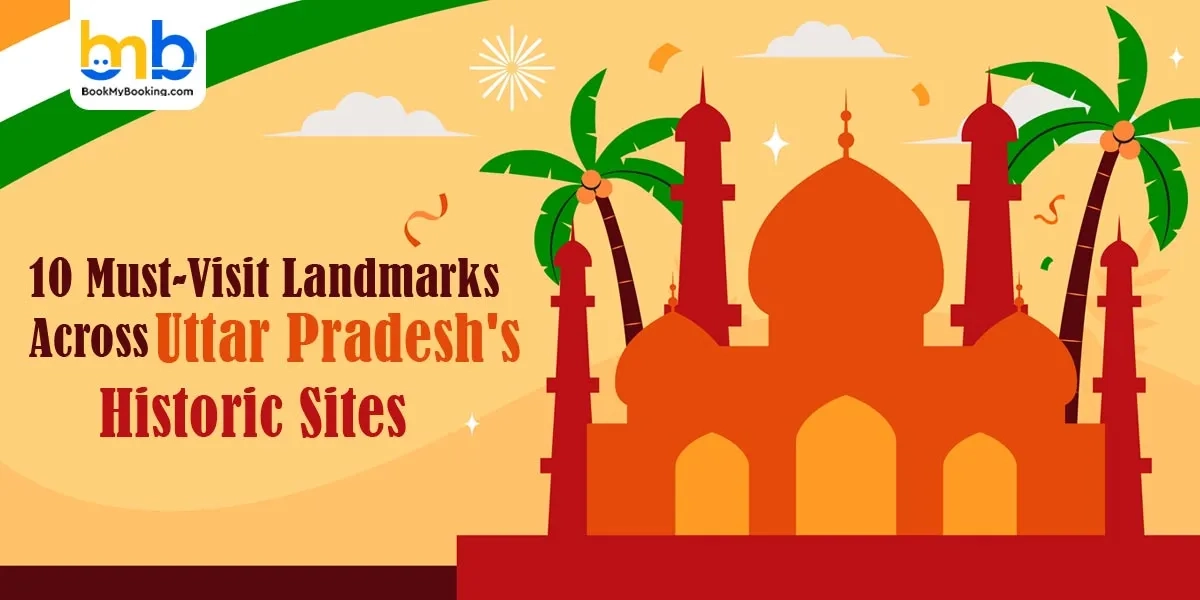In Uttar Pradesh, often referred to as the "heart of India's heritage," stories from epics, dynasties, and spiritual traditions can be found around every corner. Mughal rulers left behind enduring monuments made of marble and sandstone, the holy Ganga flows through historic cities, and temple chants continue to recite Ramayana myths. Uttar Pradesh's most ancient sites, which combine power, art, and religion, are located in this area.
Every place is a chapter in centuries of culture, from the bustling ghats of Varanasi to the marble splendour of the Taj Mahal. Uttar Pradesh's diversity is unmatched when it comes to making a travel guide to its landmarks. Uttar Pradesh has long been India's cultural centre, and visiting these locations demonstrates why, whether it be through architecture, spirituality, or live traditions.
Taj Mahal, Agra
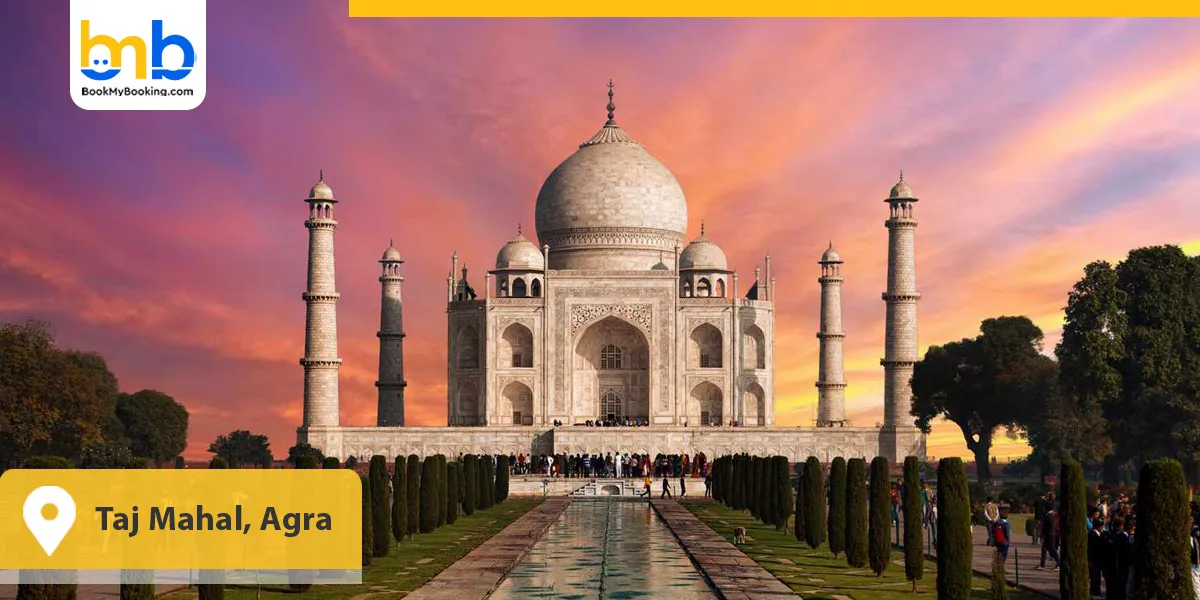
The Taj Mahal is one of the most recognised symbols of love and among the most historic landmarks in Uttar Pradesh. You can explore the gardens, designed in a Persian style, with water channels that reflect the elegance of the dome. Its history, romance, and artistry combined make it one of the must-visit sites in Uttar Pradesh. An enduring symbol of Mughal beauty, Emperor Shah Jahan commissioned the white marble monument in honour of his wife, Mumtaz Mahal. An architectural wonder, it features intricate floral carvings, symmetry, and exquisite inlay work with precious stones. With a Taj Mahal tour guide, you may experience the monument's changing colours at dawn, noon, and sunset, as well as view it.
Walking around the monument, you sense the fusion of Persian, Turkish, and Indian artistry, making the Taj Mahal a treasure for India and the world. It is poetry in stone, etched forever in human memory.
- Did you know?
The calligraphy on the Taj Mahal's entrance is designed with an optical illusion; letters at the top are larger, so when you look from below, they all appear perfectly even.
Agra Fort, Agra
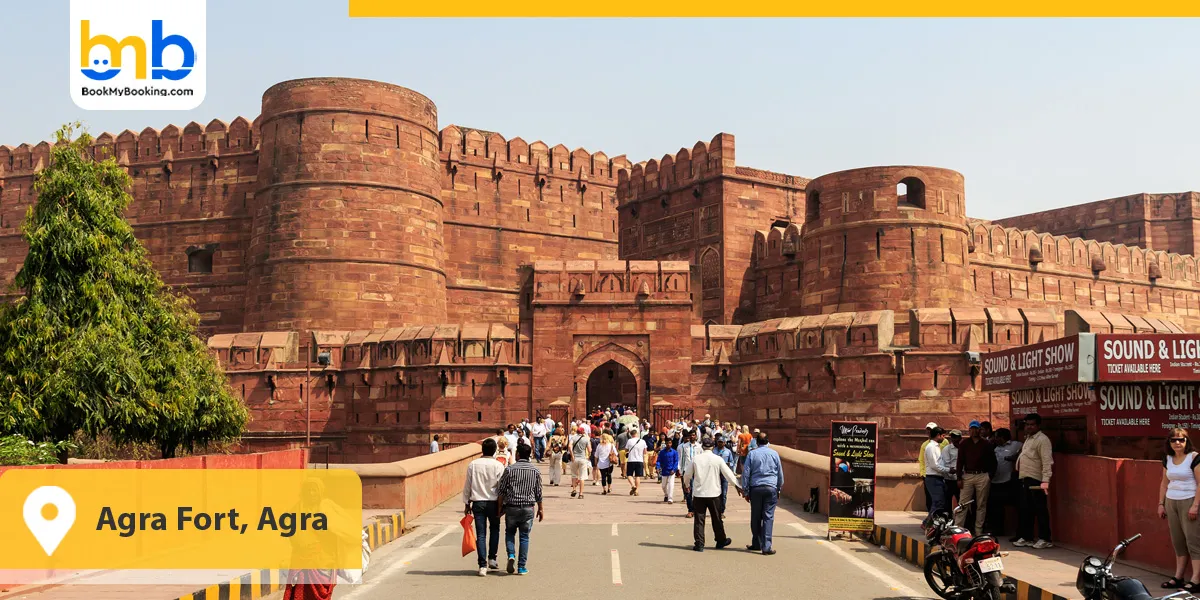
The Agra Fort is a must-visit experience that takes you into the heart of Mughal power. Emperor Akbar constructed this red sandstone stronghold in 1565, and it served as a centre of culture and government in addition to being a military installation. The essence of Mughal architecture in Uttar Pradesh is reflected in its expansive walls, elaborate palaces, and imposing gates. Walking through the fort, you can step into the Diwan-i-Am, where emperors held public audiences, and Diwan-i-Khas, a private hall adorned with marble and gems. This is one of the famous monuments of Uttar Pradesh, where history whispers through every corridor.
As you move deeper, the fort reveals the Musamman Burj, where Shah Jahan was imprisoned by his son Aurangzeb. From there, he spent his last days gazing at the Taj Mahal across the Yamuna River. The Uttar Pradesh tourist attractions list feels incomplete without Agra Fort, as it ties directly into India's grand narrative of love, war, and legacy.
- Did you know?
The Agra Fort once contained the legendary Peacock Throne, which Nadir Shah later took to Persia.
Fatehpur Sikri, Agra
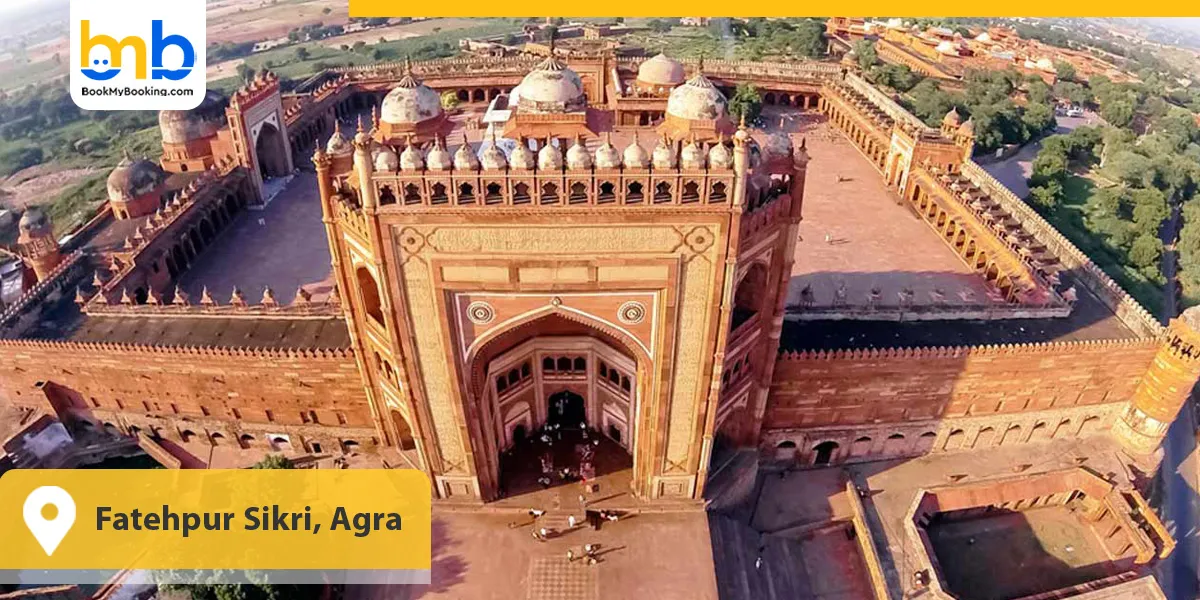
Emperor Akbar's ideal capital is reflected in the history of the abandoned city of Agra Fort, not Fatehpur Sikri. It was constructed in the 16th century and exemplified India's cultural syncretism by blending Hindu, Islamic, and Persian architectural elements. Entering this formerly bustling metropolis is the enormous Buland Darwaza, which rises to 54 meters. The courtyards, palaces, and mosques offer a rare glimpse into the heritage sites in Uttar Pradesh that still retain their grandeur.
Among the most striking structures are the Jama Masjid and the tomb of Sufi saint Salim Chishti, believed to bless childless couples. With its tiered design, the Panch Mahal reflects creativity at its peak. Although abandoned due to water scarcity, the city remains one of the most unique and notable places to visit in Uttar Pradesh, thanks to its distinct features and impressive scale. Exploring Fatehpur Sikri feels like stepping into Akbar's world of innovation, ambition, and profound respect for diverse faiths. Every structure tells a story of an empire that thrived in diversity.
- Did you know?
The acoustics of Fatehpur Sikri were so advanced that whispers in specific halls could be heard clearly across the room, centuries before microphones existed.
Kashi Vishwanath Temple, Varanasi
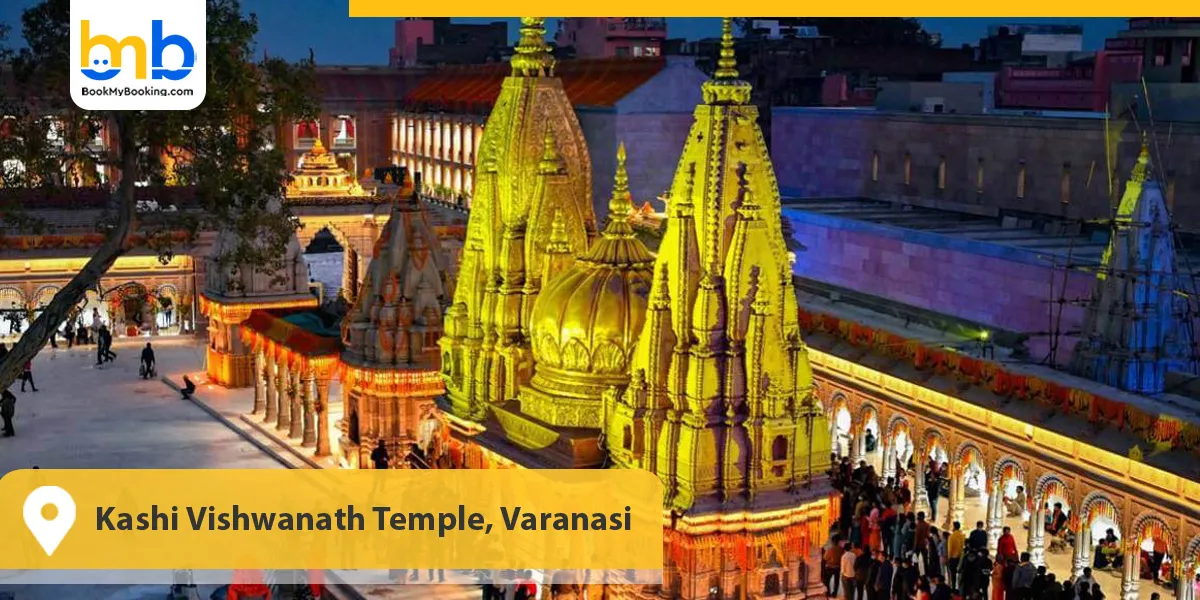
The Kashi Vishwanath Temple in Varanasi is one of the most sacred shrines dedicated to Lord Shiva and ranks among the most historically significant places in Uttar Pradesh. It is situated near the banks of the holy Ganga and is known as the "Golden Temple" due to its gilded dome. The temple was destroyed during invasions, rebuilt multiple times, and reconstructed by monarchs who recognised its cultural significance. Chants, bells, and the aroma of incense fill the alleyways surrounding the temple. This temple holds spiritual significance as one of the twelve Jyotirlingas, making it a must-visit for anyone travelling to Uttar Pradesh.
The temple complex is surrounded by bustling bazaars where you can buy Rudraksha beads and sacred offerings. It is more than a religious site; it is a living testament to devotion that has endured for centuries. Among the top landmarks in Uttar Pradesh, the temple represents resilience, faith, and continuity of culture.
- Did you know?
The Maharani Ahilyabai Holkar of Indore used her wealth to rebuild the temple in 1780. Maharaja Ranjit Singh of Punjab later donated the gold plating on the dome.
Ghats of Varanasi, Varanasi

The Ghats of Varanasi make the city one of the most iconic tourist attractions in Uttar Pradesh. Stretching along the Ganga River, the ghats are not just steps leading into water but stages of life and death. Some, like Dashashwamedh Ghat, are famous for evening aarti ceremonies, where hundreds of lamps light up the riverfront. Others, such as Manikarnika Ghat, are associated with cremation rituals and symbolize the eternal cycle of life. The ghats reflect the blend of spirituality, culture, and daily life that makes them one of the famous monuments of Uttar Pradesh, though they are living spaces rather than static structures.
A boat ride at sunrise reveals the city's essence, such as priests performing rituals, pilgrims bathing in the sacred waters, and chants echoing against the river breeze. These scenes make the ghats an integral part of cultural tourism in Uttar Pradesh, offering a unique perspective unlike anywhere else.
- Did you know?
There are more than 80 ghats in Varanasi, each with a unique purpose, such as some for prayer, some for cremation, and others reserved for specific communities.
Sarnath, Varanasi
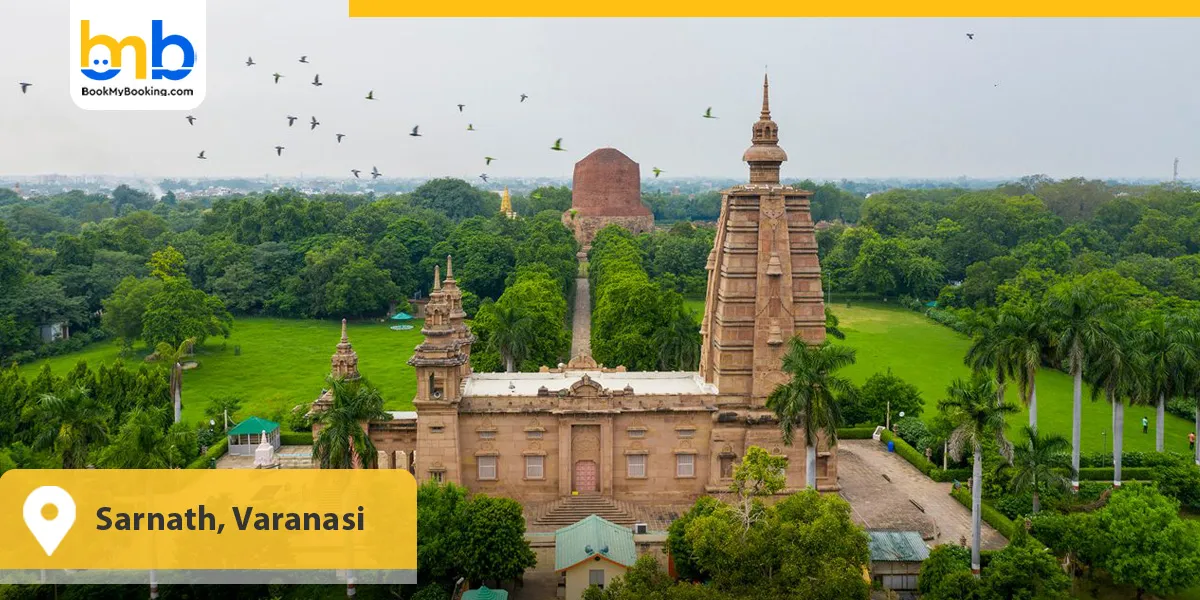
The Sarnath Buddhist heritage site is where Lord Buddha gave his first sermon after attaining enlightenment in Bodh Gaya. This makes it one of the most revered heritage sites in Uttar Pradesh. The Dhamek Stupa, built in the 3rd century BCE, remains a towering symbol of Buddhism's spread across Asia. The ruins of ancient monasteries, Ashoka's pillar, and the Sarnath Museum add layers of history to this sacred place.
Walking here, you experience serenity away from the bustle of Varanasi. The same grounds where Buddhism first emerged are visited by pilgrims and tourists worldwide to meditate, study, and stroll. Sarnath, one of Uttar Pradesh's must-see destinations, offers a profound spiritual connection in addition to its monuments. This site is part of the UNESCO heritage sites in Uttar Pradesh, symbolising India's role as the cradle of philosophies that shaped civilisations far beyond its borders.
- Did you know?
The Lion Capital of Ashoka, found in Sarnath, later became India's national emblem, a symbol of truth and justice.
Bara Imambar, Lucknow
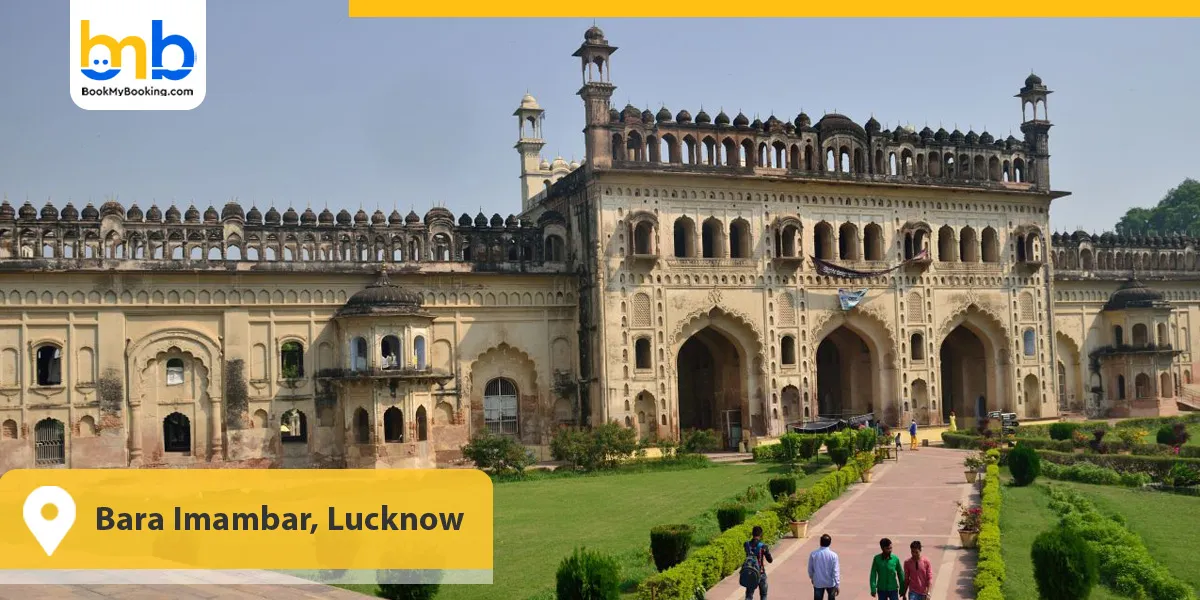
One of the most remarkable architectural marvels of Uttar Pradesh is the Bara Imambara in Lucknow. Nawab Asaf-ud-Daula constructed it in 1784, and its central hall, one of the world's most immense arched structures without support beams—is its most famous feature. The architecture strikes a balance between grandeur and simplicity, reflecting the Indo-Islamic style. One intriguing aspect of the inside is the labyrinth, or Bhool Bhulaiya. Although the complex network of stairwells and small passageways was constructed to reduce the weight of the building, it now offers exploration enthusiasts intrigue and adventure. The Bara Imambara, one of Uttar Pradesh's top tourist destinations, combines the architectural inventiveness of the era with Lucknow's rich cultural diversity.
The complex also includes the Asfi Mosque and a stepwell, adding layers to its historical and cultural depth. In many ways, it reflects people's resilience during a famine, as construction provided employment to thousands.
- Did you know?
The familiar people built the Imambara during the famine by day, while nobles dismantled sections at night to extend employment.
Rumi Darwaza, Lucknow
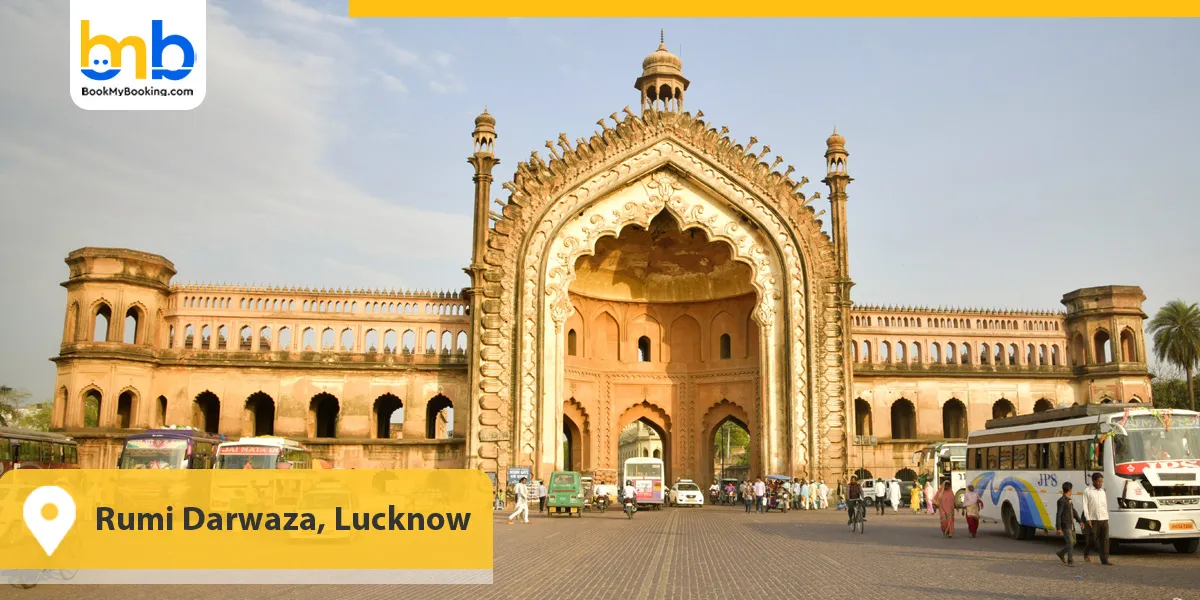
The Rumi Darwaza landmark in Lucknow is often referred to as the "Gateway to Lucknow." Built in 1784 by Nawab Asaf-ud-Daula, this 60-foot-high structure is one of the finest architectural wonders of Uttar Pradesh. It is in the Indo-Islamic Awadhi style and was inspired by the gateways of Constantinople (present-day Istanbul). The city is illuminated at night by the design's elaborate floral patterns and umbrella-shaped crown, which formerly carried a light. This magnificent arch is a must-see for anyone interested in Uttar Pradesh's historical sites, as it transports visitors to a bygone era.
Standing close to Bara Imambara, Rumi Darwaza was part of the same famine relief project that gave employment to thousands. Today, it remains a proud symbol of Lucknow's cultural identity and an essential stop on any travel guide to Uttar Pradesh monuments.
- Did you know?
The Rumi Darwaza once had a system that released refreshing water through its façade during summer, almost like a natural air cooler for the people passing through.
Jhansi Fort, Jhansi
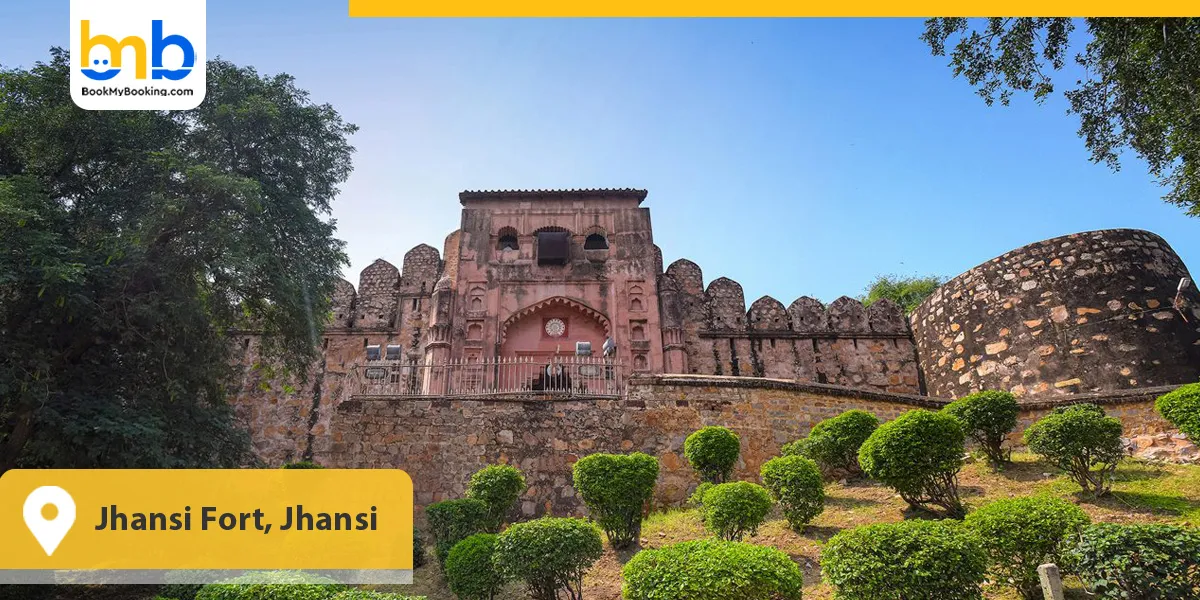
The history of Jhansi Fort takes you back to tales of courage and patriotism. Built in the 17th century by Raja Bir Singh Deo, this fort later became inextricably linked to the story of Rani Lakshmibai, the “Queen of Jhansi.” Perched on a hill, the fort offers sweeping views of the city, and its bastions, temples, and cannons evoke its strategic importance. Among the famous monuments of Uttar Pradesh, Jhansi Fort represents resistance against British rule during the Revolt of 1857.
Walking through its gates, you feel the echoes of bravery, especially at the spot where Rani Lakshmibai is said to have leapt on horseback to escape the siege. For those seeking forts and palaces of Uttar Pradesh, this landmark is one of the most inspiring. Its blend of Bundela architecture and history makes it one of the top landmarks in Uttar Pradesh.
- Did you know?
The fort has a secret underground escape tunnel, believed to have been used by Rani Lakshmibai to evade capture during battles.
Ram Janmabhoomi, Ayodhya
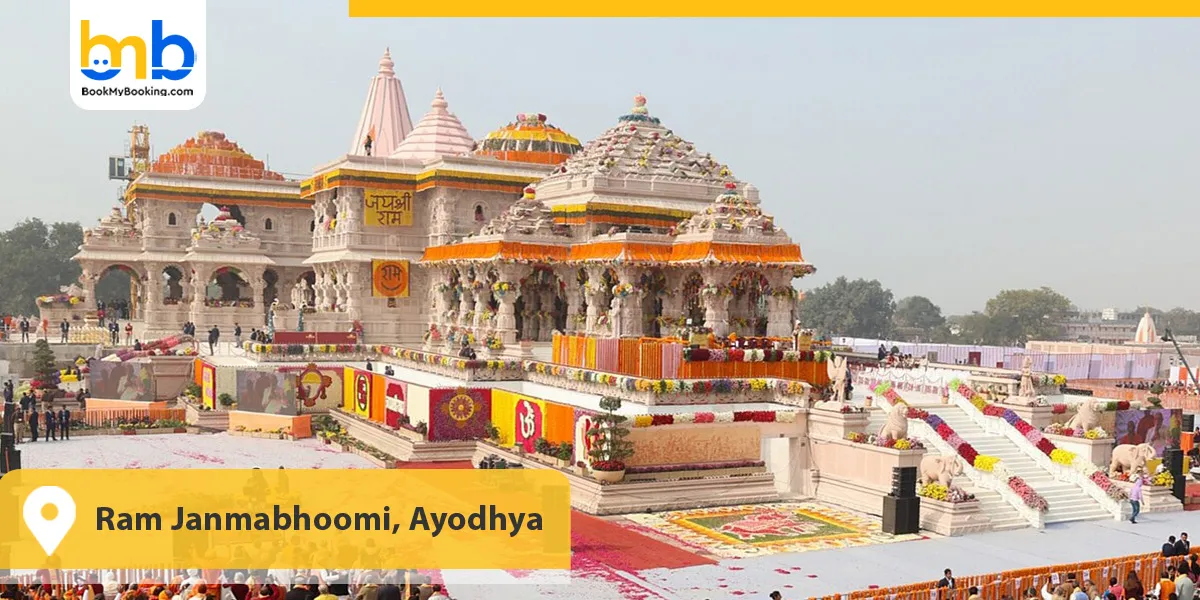
One of Uttar Pradesh's most important heritage sites, the Ram Janmabhoomi temple site in Ayodhya is closely linked to history and religion. The location has always played a significant role in religious traditions, as it is thought to be the birthplace of Lord Rama. The newly constructed grand temple showcases exquisite carvings and is expected to become one of the most essential must-visit sites in Uttar Pradesh for devotees and travellers alike.
Ayodhya itself, with its ghats, temples, and vibrant festivals, adds to the spiritual aura of the temple. Standing here, you are not just looking at stone and structure; you are experiencing a place layered with mythology, devotion, and national identity. For anyone seeking religious landmarks in Uttar Pradesh, the Ram Janmabhoomi temple is unparalleled in significance. The site is a cultural milestone that has shaped religious and heritage tourism for generations.
- Did you know?
The foundation of the new Ram Mandir is made of stone blocks rather than iron or steel, ensuring the building will last for more than a millennium.
Conclusion
It's like travelling back to explore these famous sites in Uttar Pradesh. Every location, whether a gateway, ghat, temple, or fort, exhibits the tenacity and intelligence of the people who created it. The well-known monuments in Uttar Pradesh are living examples of faith, creativity, and perseverance rather than only being static artefacts. The state provides a trip where each step has purpose, from the Mughal magnificence of Agra to the spiritual profundity of Varanasi and Ayodhya. These top destinations in Uttar Pradesh will enhance your knowledge of India's history and help you make lifelong memories if you plan a trip.
Uttar Pradesh remains a treasure trove of experiences, and when you set foot here, you become part of a story that has been unfolding for thousands of years.


